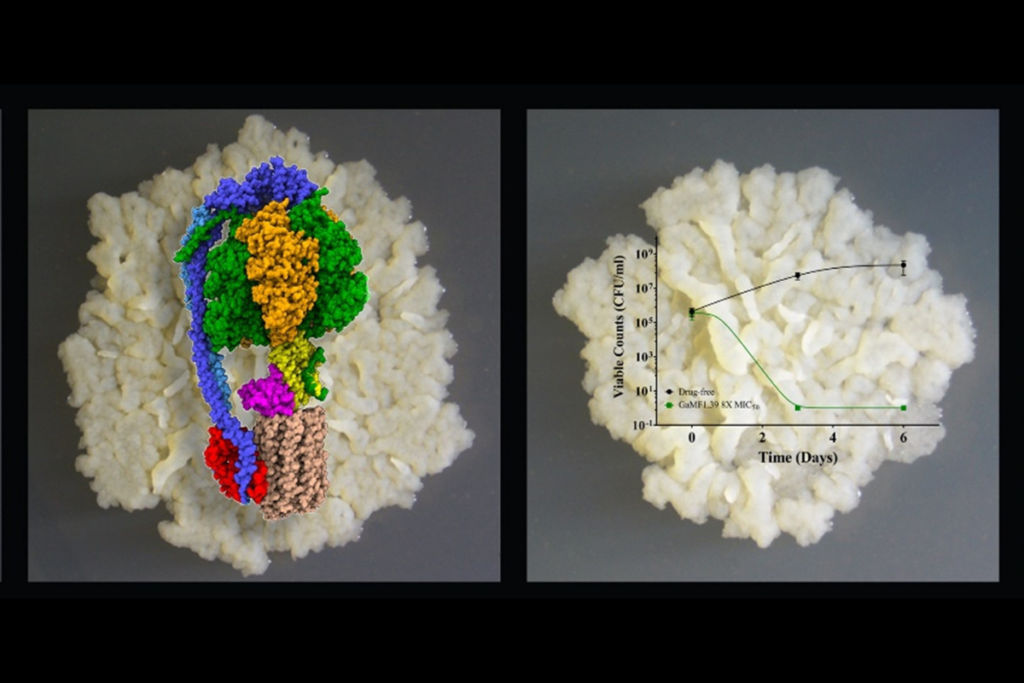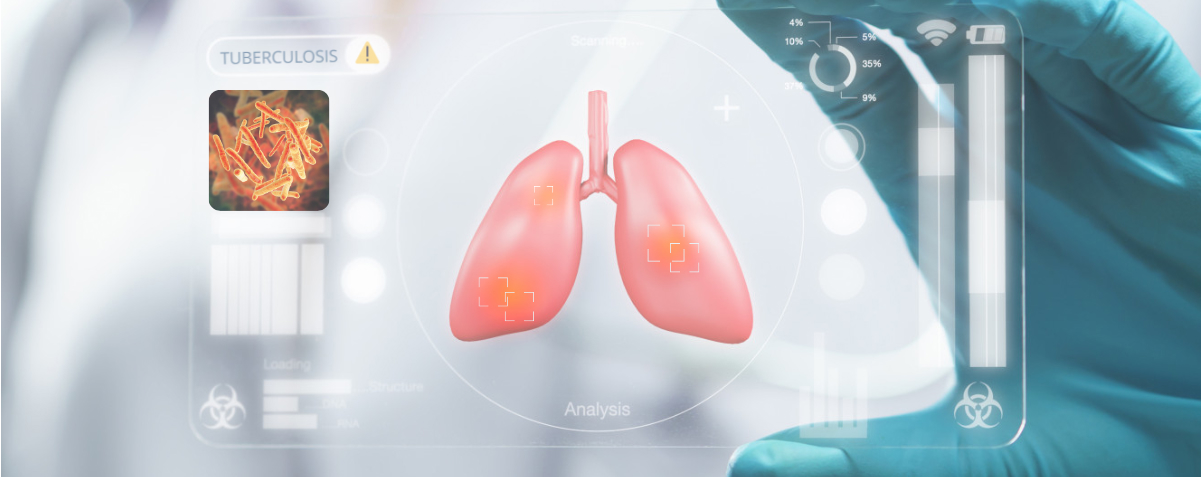These small molecule compounds were shown to inhibit a key enzyme used by the TB bacterium to produce ATP, an important molecule that is the primary source of energy for living cells. At the molecular level, this ATP-producing enzyme is akin to a nano-sized Wankel5-like rotary motor that turns to convert energy from one type to another type. If the ATP-enzyme stops running, the ATP production process and the resulting energy supplied to the TB bacterium will be disrupted. This can be likened to how a car comes to a halt when its engine stops.
The path to the discovery and design of these small molecules was paved by earlier NTU studies on the metabolism of drug-resistant TB, done by Prof Grüber, Assoc Prof Roderick Wayland Bates from the School of Physical and Mathematical Sciences and Assoc Prof Kevin Pethe,Provost’s Chair in Infectious Disease at the Lee Kong Chian School of Medicine.
The researchers then combined their expertise in structural biology, mycobacterial physiology, bioenergetics, and drug discovery, with EDDC’s expertise and experience in drug design and medicinal chemistry, to successfully develop the lead series of small molecule inhibitors.
Professor Damian O’Connell, Chief Executive Officer of EDDC, said, “As Singapore’s national drug discovery and development platform, EDDC works with key players in the local ecosystem to translate R&D into medicines that address unmet needs, and drive better health outcomes for society. EDDC is proud to partner with NTU in the development of these small molecule inhibitors, and we look forward to NHP progressing these molecules as drug candidates for tuberculosis patients.”
1 World Health Organization. (n.d.). Tuberculosis (TB). World Health Organization. Retrieved July 5, 2022, from https://www.who.int/news-room/fact-sheets/detail/tuberculosis
2 Barberis I, Bragazzi NL, Galluzzo L, Martini M. The history of tuberculosis: from the first historical records to the isolation of Koch’s bacillus. J Prev Med Hyg. 2017 Mar;58(1):E9-E12. PMID: 28515626; PMCID: PMC5432783.
3 Chew, E. (2022, June 25). Singapore Widens Tuberculosis Checks After Large Cluster Emerges. Bloomberg.com. Retrieved July 6, 2022, from https://www.bloomberg.com/news/articles/2022-06-25/singapore-widens-tuberculosis-checks-after-large-cluster-emerges
4 NRF Research Grant Number: NRF–CRP18–2017–01
5 https://en.wikipedia.org/wiki/Wankel_engine

